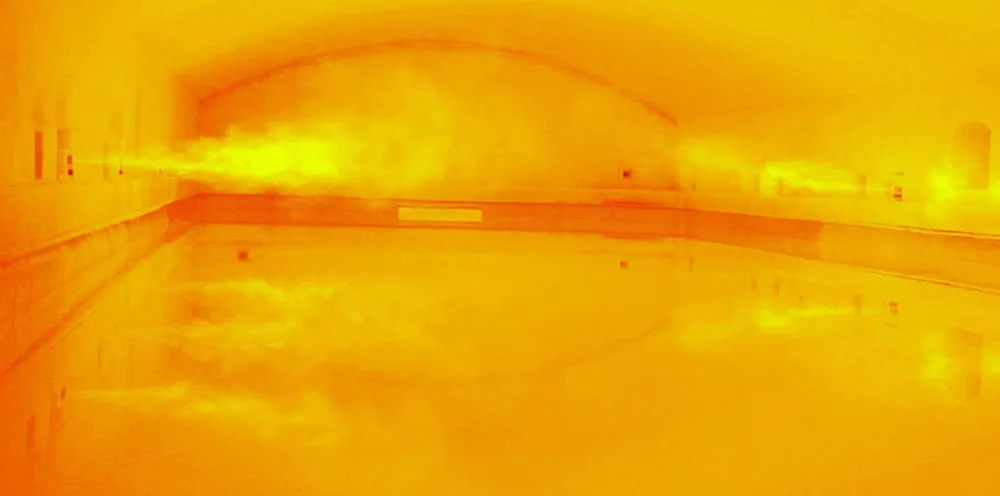Blow for green glass | Hydrogen reduces product quality when replacing natural gas, pilot finds
H2 indirectly causes discolouration and other issues when used in glass manufacturing, researchers discover

The HyGlass project — a collaboration between the Federal Association of the German Glass Industry (BV Glas) and the GWI research institute in Essen — produced “very positive” results, the two bodies declared in a statement.
This is because hydrogen enabled “both the furnace room temperature and heat transmission [to] remain more or less constant”.
“On the other hand,” it continued, “it is a challenge to minimise the impact of hydrogen on glass quality.”
Anne Giese, GWI’s head of the industrial and fuel engineering department, explained: “We have established that the use of hydrogen in the molten glass can indirectly cause changes in glass quality such as discolouration.”
This discolouration was present even when hydrogen was mixed in small quantities with natural gas, “so it cannot be regulated by increasing or decreasing the admixture rate”, she added.
The statement continued: “However, it would be possible to make an adjustment by changing the composition of the glass batch. Further comprehensive research is necessary to achieve the desired long-term glass quality consistency.”
And it added that “the use of hydrogen can lead to higher NOx emissions. However, these can be compensated by technical measures at the furnaces”.
The industry requires process temperatures of around 1,700°C in order to melt sand and turn it into glass, while recycling glass requires heat of up to 1,650°C.
“The plant mix in 2045 is assumed to be around 70% oxy-hybrid furnaces with hydrogen and around 30% fully electric furnaces,” he wrote, while noting that “these technologies are not yet available in the required plant size or are still being developed or tested”.
“It should also be borne in mind that not all types of glass can be electrically melted for purely physical reasons.
“Furthermore, the size of electric melting furnaces is limited for physical/technical reasons, so that plants such as those common in the flat glass industry cannot be fully electrified.
“The use of hydrogen seems inevitable for the glass industry.”
Glass is obviously required for windows, but is also used in glass fibres for wind turbine blades, fibre-optic cables and semi-conductors — all of which are important for the energy transition.
(Copyright)